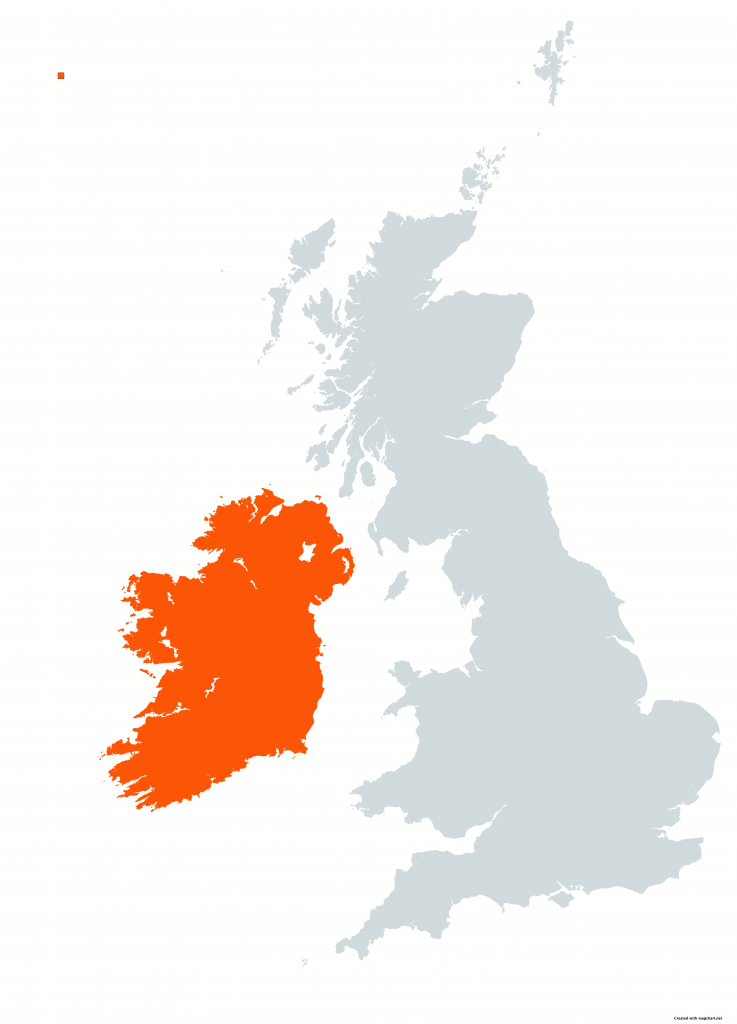Irish Whiskey is known for its smooth and fruity flavours and is traditionally produced with a mix of malted and unmalted barley, which is then triple distilled in Irish Copper Pot Stills.
This method of distilling is unique from the Scotts who generally use malted barley, and typically double distil their whisky in a Column Still – which is faster and therefore cheaper to produce whisky in large quantities. This tough competition from Scotch, lead the big Irish Distillers to add the letter e to the Irish spelling of whiskey – to help differentiate their product
Peaking in 1823, Irish whiskey was extremely popular globally- exporting much of its product to the large Irish immigrant population in America and around the world. Unfortunately, the Temperance movement, famine, Irish civil war and American Prohibition took a huge toll on the industry and forced all but 3 distilleries in Ireland to close.
Fortunately, Irish Whiskey is enjoying something of a renaissance. Since the ’80s, many new distilleries have opened and Irish Whiskey is seen as one of the fastest-growing spirits categories in the world!
Irish Whiskey Requirements
Protected European Geographical Indication, several requirements must be met to label something as Irish Whiskey.
- Irish Whiskey has to be produced entirely in Ireland – this includes both the Republic of Ireland and Northern Ireland.
- Either double or triple distilled from a mash of malted cereals with or without whole grains of other cereals.
- Barrel-aged for a minimum of three years in a wooden cask, with a maximum capacity of 700 litres.
- There is no restriction on the use of Caramel colouring to darken the whiskey.
- Irish Whiskey must be bottled at a minimum of 40% alcohol by volume (ABV).
